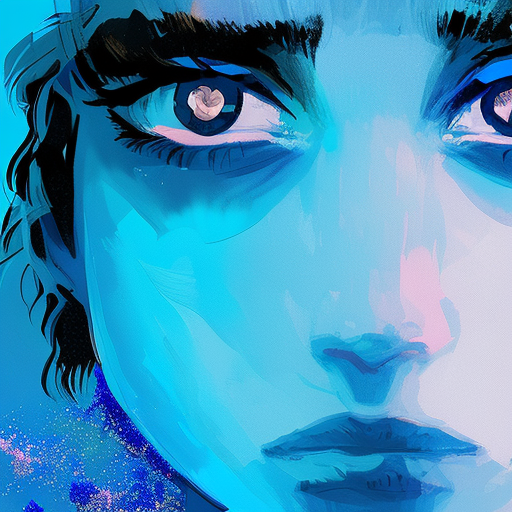One-line Summary:
“Blue Is the Warmest Color” is a coming-of-age graphic novel that explores love, identity, and self-discovery through the passionate and tumultuous relationship between two young women.
Introduction:
“Blue Is the Warmest Color” is a graphic novel written and illustrated by Julie Maroh. Originally published in French as “Le bleu est une couleur chaude,” the book tells the story of Clementine, a young woman who falls in love with Emma, an older art student. Through their intense and complicated relationship, the novel delves into themes of sexuality, identity, and the search for self-acceptance.
Exploring Love and Desire:
At its core, “Blue Is the Warmest Color” is a story about love and desire. Clementine, a high school student, finds herself drawn to Emma, a blue-haired artist she encounters on the street. As their relationship develops, the novel explores the complexities of their love, depicting both the joys and challenges they face. Maroh beautifully captures the intensity and passion of their connection, highlighting the transformative power of love.
Navigating Identity and Self-Discovery:
Throughout the novel, Clementine grapples with her own identity and struggles to find acceptance in a society that often rejects those who don’t conform to traditional norms. As a young woman coming to terms with her sexuality, she experiences confusion, self-doubt, and the fear of judgment. Maroh sensitively portrays Clementine’s journey of self-discovery, highlighting the importance of embracing one’s true self and finding the courage to live authentically.
Challenges and Growth:
Clementine and Emma’s relationship is not without its challenges. They face societal prejudice, familial disapproval, and the difficulties of maintaining a long-term partnership. As the story unfolds, the characters confront their own insecurities and flaws, leading to personal growth and a deeper understanding of themselves and each other. Maroh skillfully portrays the complexities of relationships, showing that love can be both beautiful and messy.
Key Takeaways:
- Love has the power to transform and shape our lives.
- Self-discovery and acceptance are essential for personal growth.
- Challenges and obstacles can strengthen relationships and individuals.
- Society’s expectations and prejudices can hinder personal happiness.
- Authenticity and embracing one’s true self are crucial for a fulfilling life.
Memorable Quote:
“I’m not afraid of anything anymore. I know now that I’m not alone.”
In “Blue Is the Warmest Color,” Julie Maroh crafts a poignant and emotionally resonant story that explores the complexities of love, identity, and self-discovery. Through Clementine and Emma’s passionate relationship, the novel delves into the challenges faced by individuals who don’t conform to societal norms. Maroh’s beautiful illustrations and heartfelt storytelling capture the intensity and transformative power of love. The novel serves as a reminder that embracing one’s true self and finding acceptance are essential for personal growth and happiness.












